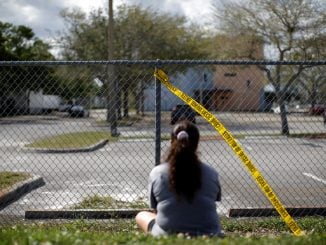
RALEIGH — The N.C. Department of Public Instruction (NCDPI) has reported mid-year testing shows gains in literacy for students in grades K-3.
According to an NCDPI press release, the percentage of K-3 students performing at or above the benchmark score of the 2022-23 school year was higher than assessment results from the beginning of the school year.
An example given was that of kindergarteners, which had the largest gains with the percentage of students meeting the benchmark nearly doubling; going from 28% to 56%.
“On top of all the other hard work that teachers do in their classrooms every day, they’ve been spending many hours outside the classroom learning to retool their instructional practices,” State Superintendent Catherine Truitt said in the release. “They’re to be commended, as their work has helped improve literacy proficiency and outcomes for students across the state.”
The statewide mid-year results also show that fewer students were well below assessment benchmarks and in need of intervention and that “the mid-year gains made by all student groups in North Carolina were greater than students given the same assessment in other states.”
The release credits the second full year of the implementation of Language Essentials for Teachers of Reading and Spelling (LETRS), a phonics-based approach tied to the “science of reading.”
LETRS has been an integral part of Truitt’s signature policy, Operation Polaris, which has entered its second iteration under Truitt’s tenure.
Under Operation Polaris 2.0, 100% of the state’s school districts are participating in LETRS training.
LETRS training for all 44,000 elementary teachers is well underway; the first two cohort training groups began in 2021 and the third cohort in fall 2022. One of the goals sought by Operation Polaris 2.0 is to hire and assign early literacy specialists for each of the 115 districts in the state.
The mid-year results bolster the reading gains data shared by Truitt at a State Board of Education meeting held on Jan. 5. The data showed of the more than 454,000 students assessed at the beginning of the current school year, 27,970 more K-3 students were performing at or above benchmark levels compared to the previous school year.


